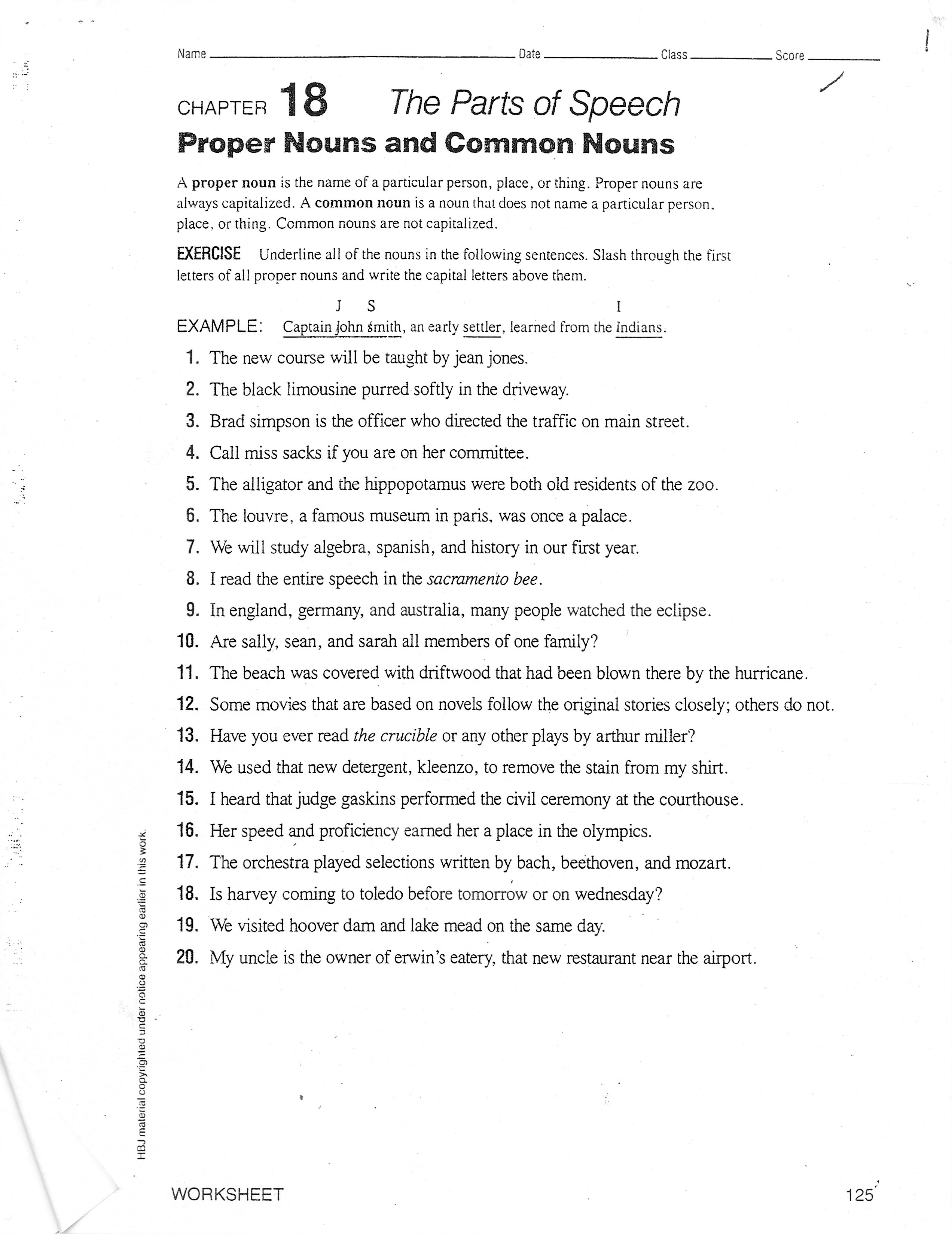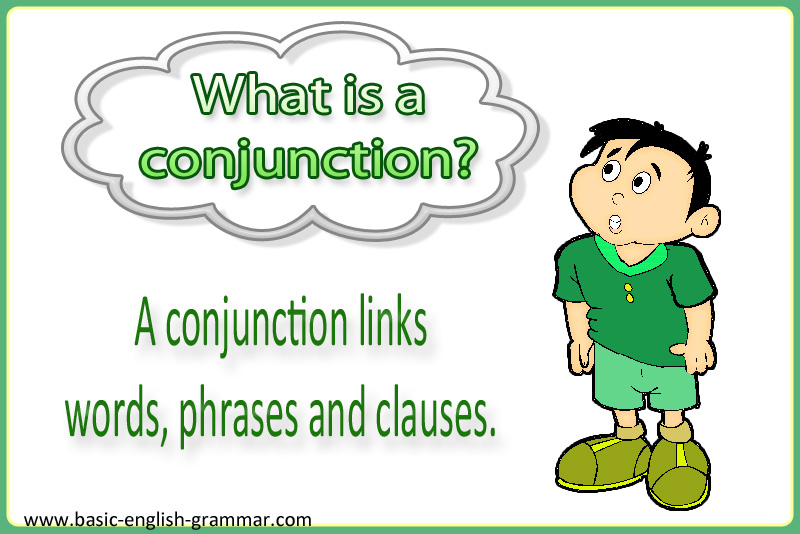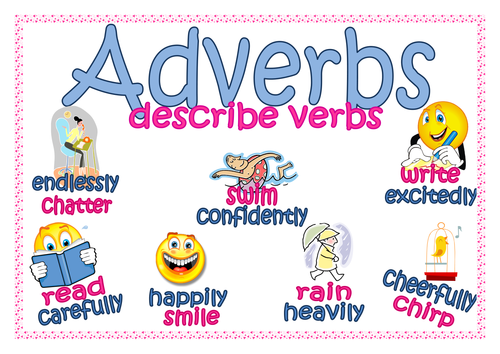NOUNS
***NOUNS: A NOUN names a person, a place, a thing, or an idea.
Person: Tom, boy, pilot, nurse, doctor, player, friend, enemy, driver, custodian . . . . .
Place: Webbers Falls, Oklahoma, lake, city, park, store, school, church, synagogue, temple . . . . .
Thing: Ring, food, car, book, cell phone, bus, pencil, book, back pack, fish, . . . . .
Idea: Freedom, liberty, love, joy, jealousy . . . . .
***NOUNS can be either common or PROPER.
A common noun is an everyday, ordinary noun. (boy, girl, car, food, drink, movie, song, friend . . . . .)
A PROPER NOUN names something specifically. All PROPER NOUNS must begin with a capital letter! (Sam, Susan, Challenger, Baked Alaska, THE EMPIRE STRIKES BACK, "Oh, Happy Day", Max
***COMPOUND NOUNS are nouns that are formed using more than one noun.
play + ground = playground (compound noun)
civil + rights = civil rights (compound noun)
sister + in + law = sister-in-law (compound noun)
news + paper = newspaper (compound noun)
***Concrete and Abstract Nouns: A Concrete Noun is a noun that can be perceived by the human senses whiile an Abstract Noun is a noun that is unclear, refers to a sense, or a quality.
Concrete nouns: chair, rock, water, food, pen, dog, person, bird, animal
Abstract nouns: love, freedom, joy, Christianity, bravery, jealousy, hatred
***COLLECTIVE NOUNS are nouns that name collections, groups, things, etc.
Examples: choir, team, pack, herd, class, committee, jury, audience, spectators
IDENTIFY THE NOUNS IN THE FOLLOWING SENTENCES:
The old car was driven by my mother and her friends.
Lilly took her peanut butter and jelly sandwich to the park in Tulsa.
His anger and jealous told the jury that he was indeed an angry human being.
Popularity is a thing that is fleeting to most of us.
Practice Work: See if you find all the nouns.

Pronouns
A PRONOUN is word the replaces a noun or nouns, or in some instances other pronouns. The noun that the pronoun replaces is called the ANTECEDENT.
Examples:
Justinia took her car to the show. (HER is the pronoun, and its antecedent is Justinia.)
Sally, Nathan, Mark, and Rachel took their papers to the teacher for grading. (THEIR is the pronoun, and its antecedent is Sally, Nathan, Mark, and Rachel.)
When the team saw the video, they decided they had to play much better. (THEY and THEY are the pronousn, and the ancededent is team.)
***A PERSONAL PRONOUN is a pronoun that refers to the one speaking. (I, me, my mine, we, our, us, ours, etc.)
***A REFLEXIVE PRONOUN is a pronoun that ends with SELF or SELVES. (himSELF, ourSELVES, mySELF, yourSELVES, etc.)
***DEMONSTRATIVE PRONOUNS point out person, places or things. (THIS, THESE, THAT, THOSE).
THIS car is not mine.
THAT book belongs to my little brother
THESE cookies don't case very good.
THOSE dogs are very friendly all the time.
***INTERROGATIVE PRONOUNS are pronouns that ask questions. (WHO, WHOM, WHICH, WHAT, WHOSE).
EXAMPLES:
WHO took the last piece of pizza?
WHICH person told the teacher I was cheating?
***RELATIVE PRONOUNS are pronouns that start adjective clauses. (THAT, WHICH, WHO, WHOM, WHOSE).
THAT you would lie says a lot about you.
The dog, WHOM you saw in my backyard, belongs to me.
***INDEFINITE PRONOUNS are pronouns that are not clear as to GENDER or NUMBER. There are many of these.
(all, each, few, nobody, anyone, such, both, etc.)
ALL of the team took the bus to the game. (How many are there? Gender?)
EVERYONE turn in your work at the end of the hour. (Gender?)
(Notice that the reader is not sure who ALL is or who EVERYONE is.)
Pronouns list
| personal pronouns | I, me, you, she, her, it, he, him, we, us, they, them |
| indefinite pronouns | any, anyone, anything, some, someone, something, none, nobody, no one, one, few, several, many, all, both, each, much, enough |
| possessive pronouns | mine, yours, hers, his, ours, theirs, nobody’s |
| demonstrative pronouns | this, that, these, those, |
| reflexive pronouns | myself, yourself, herself, itself, himself, ourselves, yourselves, themselves, themselves, oneself |
| relative pronouns |
that, which, who, whose, whom
|
ADJECTIVE

- An adjective is one of the eight parts of speech. Its job is to describe nouns and pronouns. Adjectives give color, shape, and amount to nouns. Adjectives are like crayons. They color mostly nouns.
EXAMPLES:
The old car was mine. (The word old is the adjective in this sentence. It describes the car.)
I love to eat a juicy orange. (The word juicy is the adjective in this sentence. It describes the orange.)
A sentence may have one, several, or no adjectives in it.
EXAMPLE:
The tall, skinny boy was my little brother Myron. (Tall and Skinny are adjectives that describe boy. My and Little are adjectives that describe Myron.
- Adjectives MUST ANSWER one of these questions:
WHICH ONE? HOW MANY? WHAT KIND?
EXAMPLE:
The green painting was one of twenty paintings in the museum. (Green is an adjective. It answers to WHICH ONE? Twenty is an adjective it answers to HOW MANY?
The new book does not belong to me. (New is an adjective. In answers to WHAT KIND?
- A, AN, and THE are called the article adjectives. YOU DO NOT NEED TO IDENTIFY THEM.
- PRONOUNS can turn themselves into ADJECTIVES. If a PRONOUNS comes right before a NOUN, it most likely will turn itself into an AJECTIVES.
EXAMPLES:
His bike was stolen. (His, which can be a pronoun, turns itself into an adjective because it answers WHICH ONE for the bike. WHICH ONE? HIS bike. Bike is a noun.)
Tina took many books to her library. (Both the pronouns MANY and HER have turned themselves into adjectives. (Many is a pronoun that turned itself into an adjectives that describes the noun books. Her is a pronoun that turned itself into an adjective that describes the noun library.)
- A NOUN that comes right before another NOUN often turns itself into an adjective.
EXAMPLE:
The truck fender was damaged. TRUCK is a noun that turned itself into an adjective because it comes right before the noun FENDER.)
The garage door was closed. (Why is garage an adjective in this sentence and not a NOUN?
- A PROPER ADJECTIVE is an adjective that comes from a PROPER NOUN. You can easily spot them by looking for a capital letter. All PROPER ADJECTIVES must start with a capital
- letter.
EXAMPLES:
The English car was really nice.
I like Italian food very much.

Verbs and Verb Phrases
A VERB is a word that shows what the subject is doing or what it is being connected to at the end of the sentence.
EXAMPLE:
Hector took his new car to the game. (TOOK is the action verb. It shows what Hector is doing.)
Manuel is the new president of the class. (IS is the connecting verb. It connects Manuel to president.)
VERB PHRASE
A VERB PHRASE is a main verb plus at least one helping verb.
Are (helping verb) + eating (main verb) = are eating
Could (helping verb) + have (helping verb) + fallen (main verb) = could have fallen
*****Verb Phrases can be written all together (did walk/should have been helping) or they can be written separated (COULD the dog HAVE BARKED).
EXAMPLES:
The spy took a photograph of the documents.
The player was my brother Tom.
Mr. Merton would have taken the book to the library for me.
Did the new doctor take any x-rays of your arm?
BE AWARE THAT N’T IS NOT PART OF THE VERB, SO DO NOT INCLUDE IT IN YOUR ANSWER.
Shouldn’t run…. the verb is: should run; leave out N’T.
EXAMPLE
Couldn’t the salesclerk have been nicer? (Leave out N’T)
TRANSITIVE and INTRANSITIVE VERBS
A TRANSITIVE VERB is an action verb that connects the subject to an object at the end of the sentence.
EXAMPLES
Hector ran the race.
(Ran is a transitive verb because it connects Hector to the race.
Mary Lou won the chess tournament championship.
(Won is the transitive verb because it connects Mary Lou to the championship).
An INTRANSITIVE VERB is an action verb that DOES NOT connect the subject to an object at the end of the sentence.
EXAMPLE
The ghost floated into the room.
(Floated is an intransitive verb. It DOES NOT connect ghost to an object at the end of the sentence.

The ADVERB
An ADVERB is one of the 8 parts of speech. Its job is to “describe” a verb. It may also “describe” other adverbs and adjectives. ALL ADVERBS must answer one of the following questions:
HOW?
WHEN?
WHERE?
HOW MUCH?
ADVERBS can end in LY, but they certainly DO NOT HAVE TO! LY must be added to the root spelling of the word for it to become an adverb.
Quick + LY = quickly (adverb)
Ugly is spelled with an LY. It cannot be an adverb.
ADVERBS can be anywhere in the sentence. Unlike the adjective, ADVERBS do not have to be near the word (usually the verb) they “describe”.
EXAMPLES:
Yesterday Andrew took himself to the mall. (The adverb is YESTERDAY. Yesterday answers to WHEN? Yesterday also “describes” took.
The pigs ate the slop fast. (The adverb is FAST. Fast tell HOW the pigs ate. Fast “describes” ate.)
We heard loud banging inside. (The adverb is INSIDE. Inside answers to WHERE. Inside “describes” heard.
Theodore never tells the truth! (The adverb is NEVER. Never answers to HOW MUCH. Never “describes” tells.)
COMMON ADVERBS (There are more, but these are the most commonly used adverbs.)
Again away never quite then
Almost even not (n’t) rather there
Alone ever now seldom today
Already here nowhere so too
Also just often somewhat very
Always later perhaps soon yet
EXAMPLE of an ADVERB “describing” an adjective:
That twisted piece of metal is very ugly. (VERY is the adverb. It “describes” the adjective ugly. Ugly describes piece.)
EXAMPLE of an ADVERB “describing” another adverb.
People are too often mean. (TOO is the adverb. It “describes” the adverb often. Often “describes” the verb are.
YOU FIND THE ADVERB or ADVERBS (A sentence can have more than one adverb.):
Later the teacher told us not to do the homework.
The cook unexpectedly dropped the extremely hot plate.
Haven’t you ever said something you shouldn’t have said?
The Adverb HOMEWORK
Example 1. The contestants arrived surprisingly early.
Directions: Circle the adverbs in the following sentences.
1. Each skater practiced nearby.
2. The fans waited impatiently.
3. The skaters moved quite gracefully.
4. One skater seemed very nervous.
5. She stopped practicing rather early.
6. She sat silently and waited.
7. Her coach came quickly to see her.
8. He calmly encouraged her.
9. She began to skate quite skillfully.
10. Another skater moved somewhat reluctantly.
11. He timidly approached his coach.
12. His coach whispered softly to him.
13. The skater nodded enthusiastically.
14. He began to feel surprisingly confident.
15. He performed exceedingly well.
16. Then several other skaters danced.
17. Other skaters spun extremely well.
18. The fans applauded approvingly.
19. The judges decided the scores quickly.
20. The competition was unusually successful.
EXERCISE Circle the adverbs in the following sentences.
Example 1. In the Arctic Circle, the cold winds can cut very quickly to the bone.
1. Only lichens and a few other hardy plants can actually grow in the Arctic Circle.
2. Lichens can be easily seen in a light dusting of snow.
3. Sometimes caribou feed on the lichens.
4. Would wolves be closely following the caribou?
5. Most people never experience the harsh environment of the tundra.
6. Is the blimp somewhat risky for passenger travel?
7. Thuan really liked the airships.
8. Airships are an extremely effective means of advertising.
9. They float magically among the clouds.
10. Current designs seem much safer than those of the past.
11. The submarine descended rather slowly.
12. No bird flies more swiftly than the peregrine falcon.
13. Janine’s unusual invention works quite effectively.
14. For a beginner, Eugene plays chess extraordinarily well.
15. The team is playing much better.
16. The qualifying exam for a pilot’s license is extremely difficult.
17. The song ended rather abruptly, I thought.
18. Turn left at the stop sign and proceed slowly.
19. If you come early to the concert, you can easily find a seat.
20. Amin took the news calmly.
Prepositional Phrase
Definition: A Phrase that begins with a preposition and ends with an object. (The object will be either a noun or a pronoun). Between the preposition and the object adjective or adjectives may be placed.
Preposition + (adjective) + Object = Prep. Phrase
Examples:
in town
- in is the preposition and town is the object
above the clouds
- above is the preposition
- the is an adjective, and
- cloud is the object
beyond the old red barn
- beyond is the preposition
- the, old, and red are the adjectives
- barn is the object
***You can have as many prepositional phrases as you want in a sentence.
Above the trees the silly squirrel with the long, bushy tail jumped across the branches.
***A preposition that does not have an object turns itself into an adverb.
Examples:
- Julie went up.
- Up is not a preposition because it does not have an object.
- Julie went up the tree.
- Now, up is a preposition because lit has an object tree.
Can you find the prepositional phrases?:
- Over the road John found a tire with a gash in it.
- Behind the house by the pond with the ducks on it, I saw a strange person with an axe.
These sentences can look and sound better by adding prepositional phrases to them:
- The airplane flew. (Above the tall clouds, the airplane with the loud engines flew through them.
-
- His dog barked. (By the barn his dog with one eye barked at the strange animal.)
-
- Max and Evan fell. (Across the field Max and Evan fell into an old well.)
- A prepositional phrase may have a compound object:
-
- Into the wall and floor
- From my mother, sister, and father
50 Common Prepositions
about above across after against
along among around at before
behind below beneath beside between
beyond but (meaning except)
by down
during except for from in
inside into like near of
off on onto out outside
over past regarding since through
to toward(s) under underneath until
up upon with within without

The CONJUNCTION

DEFINITION: A CONJUNCTION is a word that connects two or more items together.
Common Conjunctions:
and, or, nor, but, for, yet, either/or, neither/nor, not only/but also
(There are more, but these are the common conjunctions)
Examples:
Serena loves to eat apples and oranges. (AND is used to connect apples/oranges)
Should I buy a kite, string, or candy at the store? (OR is used to connect kite, string/candy)
The weather is extremely hot today, yet I still had to mow the lawn. (YET is used to connect the two sentences together)
Not only did the wind blow hard but the rain also came down in buckets! (NOT ONLY/BUT ALSO are used to connect wind and rain together)

Interjection
Definition: An interjection is a word or words that show mild or strong emotion. Most interjections are placed at the beginning of a sentence.
If an interjection shows strong emotion, a ! is added after the interjection (if it starts a sentence which it usually will)
Example: Ouch! I just burned my hand.
Holy Moley! Did you see that monster?
If an interjection shows mild emotion, a , is added after the interjection.
Example: Oh, I do like to listen to music at night.
Gee whiz, would you pass me another slice of pizza.
